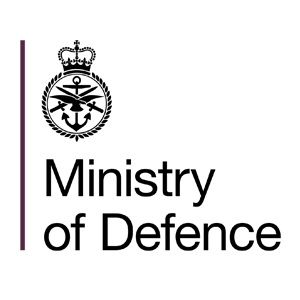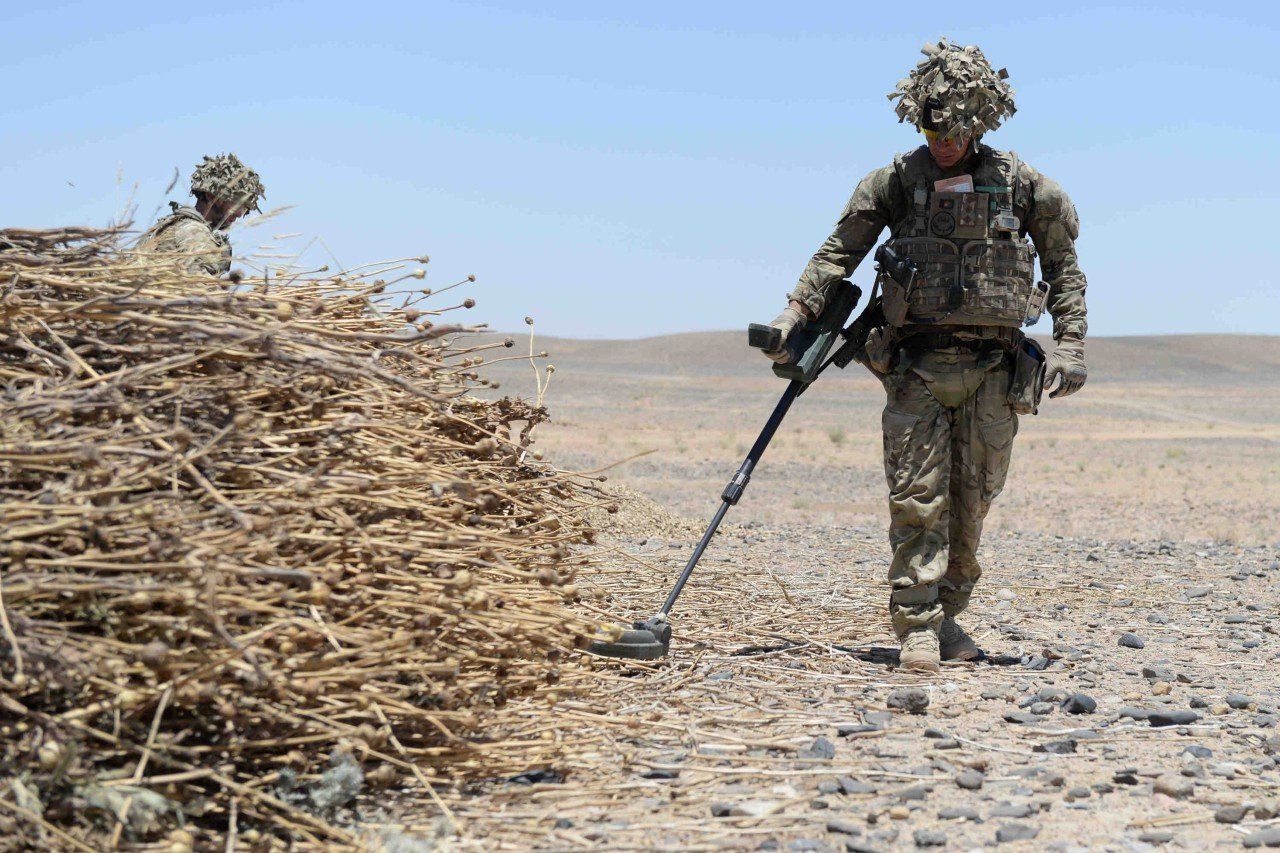
The challenge
The challenge
Following the draw down of troops from Iraq and Afghanistan, there was a refocus by Defence on future ops and preparedness. In terms of Explosive Ordnance Disposal (EOD), it became clear that as well as a requirement for improved training and education, that there was also a need to address the problem of EOD equipment, including Counter-IED (CIED), that had not been utilised during the conflicts. This equipment was scattered across multiple locations, each with varying degrees of support and maintenance that impacted its future availability and reliability.
Role
Role
Niteworks Project Lead for Phase 1A and Phase 1B
Services
Services
P3M
Technology exploitation
Deliverables
Deliverables
Aim
The Ministry of Defence (MoD) tasked Niteworks with developing a strategy to both rationalise EOD equipment and to enhance EOD support, in order to improve EOD equipment availability and reliability.
Approach
Approach
We adopted a SUDA model approach to ensure a deep understanding of the issues and challenges faced by both client and supply chain, to inform development of a 'best fit' strategic solution.
Sense of the issues
Define the problem
Solution
Solution
We produced a report for DE&S that outlined the capability requirement for training, current operations and stores; and that made a number of recommendations on how to best meet those requirements:
- ensure adequate provision of distinct training, ops and war equipment pools
- improve communication between MoD and suppliers to enhance understanding
- encourage cross-supplier working to share understanding and best practice and to develop collaboration
- appoint a service integrator to co-ordinate the supplier base on behalf of MoD
- improve contracting of the supply chain
- creation of a central warehousing and repair location.
Outcomes
Outcomes
DE&S subsequently implemented the recommendations outlined in the report, which resulted in the development of an EOD equipment service that better met the needs of the MoD, that was easier to run and manage, and that resulted in substantial savings of £30-50 million p.a.




